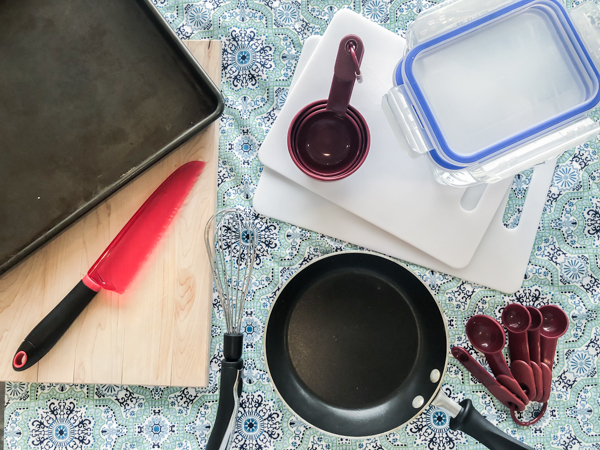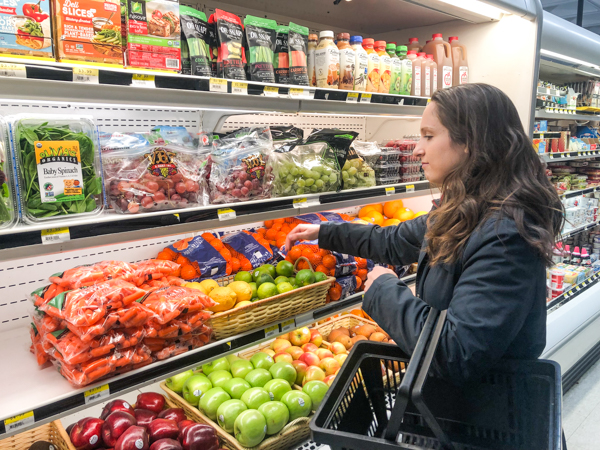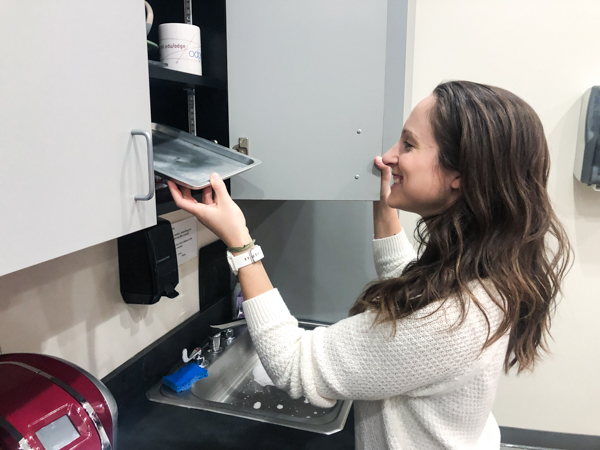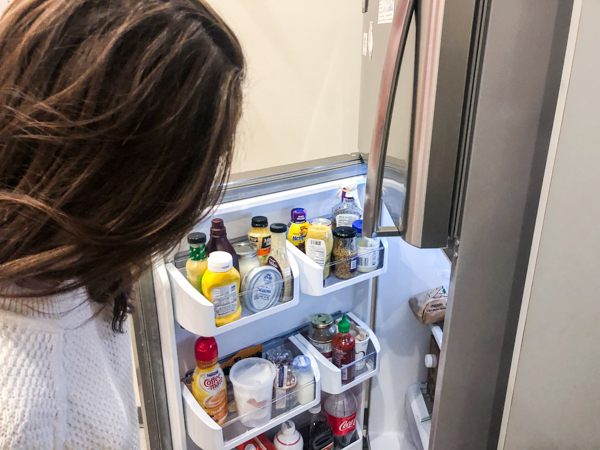November 28, 2018
Plan, Purchase, Prep: A 3-Step Guide to Meal Prepping
Meal prepping entails preparing some (or even all) of your meals ahead of time. When you meal prep, you are creating a perfect meal portion ahead of time to enjoy later. This can be helpful in avoiding temptation if you are trying to stick to a plan. Meal prepping may sound daunting, but it can save a lot of time and money in the long run. The trick is to follow the 3 P’s: Plan, Purchase, and Prep!
If you are new to meal prepping, here are a few items you may want to have on-hand before getting started:
- Quality Knives
- Storage Containers
- Glass > Plastic
- Cutting Board
- Pots, pans, and baking sheets
- Herbs & Spices
Keep in mind, if you don’t have everything on this list, you can still meal prep. Try asking to borrow items from friends or family, or getting creative with pre-made, pre-chopped or frozen ingredients. Now that you have all of your kitchen essentials, let’s follow the steps!

Step 1: Plan
Planning involves deciding what days you will do your shopping and prepping, what you will be eating, and how much you will need. Meal prepping should be individualized to you and the unique timing of your life. Will you need to prep only lunches, or will you need to prep all of your dinners too? The first step in planning is to determine how many meals and snacks you will be prepping. If you are new to meal prepping, I would suggest starting off small and planning out 3 days of lunches.
The most important part of planning is “what do I want to eat?” If you are meal prepping for 3 days of lunches, you will likely be having the same meal for those 3 days. Create your list of ingredients based off of these criteria:
- Protein:
- Chicken, Beef, Fish, Beans, Tofu, etc.
- Vegetable:
- Salad (with raw vegetables such as tomatoes, cucumbers), broccoli, carrots, etc.
- Starch/Carbohydrate:
- Rice, Quinoa, Potatoes, etc.
- Healthy Fats:
- Nuts/Seeds, Avocados, Salad dressing, etc.
The next question you’ll need to ask yourself is how much of each ingredient will you need? Everyone has different caloric needs based on their goals and activity level, but in general, you may need the following for a single lunch:
- Protein: 6-8 ounces uncooked
- Vegetables: 1 cup (or 3 cups for a salad)
- Starches/Carbohydrates: 0.5-1 cup
- Healthy Fats: 1-2 ounces
Take your list from above and take that into Step 2: Purchase!

Step 2: Purchase
This step will be very easy if you’ve planned correctly! Grab your list from the planning phase and head to the grocery store. It is much more difficult to meal prep if you reverse these steps. Often, people go into the grocery store without any plan and come home with random food items that may eventually go to waste. Buy only what you need to save yourself stress, time, and money. To put this into perspective, the average American can spend $10 per meal going out for lunch, compared to spending about $6.30 per home-made meal. In just a weeks’ time, you could be saving about $18!

Step 3: Prep
Once you’ve arrived at this final step, you should know exactly how you are going to prep everything that you purchased. There are many ways to prep your meals that will help guide you through your planning process.
Stir Frying & Sautéing
When time is an issue, you can have your meals done in less than 30 minutes with this method! You will need to chop your proteins and vegetables to allow for even cooking.
Baking
This method takes closer to an hour, but can require less chopping than stir frying. It is very easy to add items like chicken and broccoli to the same baking sheet and bake them together with minimal chopping!
Slow Cooking
This is the simplest form of meal prep, but it takes the longest. Many recipes simply have you throw all of your items into the crockpot, set it and forget it! This requires 4-8 hours of effortless cooking.
Once your food has finished cooking, separate your meals into individual containers. Your meals are now ready to go and grab as needed! Cooked foods will typically stay fresh in your refrigerator for 3-5 days.

Closing Thoughts
When beginning any new routine, its best to keep it simple at first. If you plan to prepare every breakfast, lunch, dinner, and snack for an entire week and you have never meal prepped before, you will likely be discouraged and not want to try again. The easiest place to start with meal prep is to make an extra portion at dinner time and save the portion for the next day’s lunch. Yes, leftovers are a form of meal prep!
If you are having trouble getting started, or want to learn more, please reach out to Rebecca Pettey, Registered Dietitian, to set-up your initial nutrition consultation and get started on your own healthy journey!
BACK TO ALL
Comments
There aren't currently any comments on this blog entry.